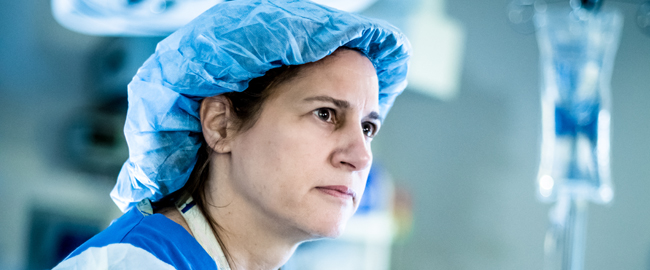Flexible Sigmoidoscopy Procedure
What is a Flexible Sigmoidoscopy Procedure?
A flexible sigmoidoscopy procedure is a simple outpatient exam that can be helpful in uncovering any potential digestive issues, such as Colitis, Diverticulosis and colon cancer.
A flexible sigmoidoscopy procedure visually examines your lower colon using a long flexible tube with a small camera at the end. During the procedure, a video monitor in the exam room shows the images captured on camera. The physician watches the monitor and may also remove tissue samples (biopsies) or polyps for further tests.
Why Its Done
A flexible sigmoidoscopy is a preventative measure to help detect potential issues at an early stage, even before you may experience any symptoms. It is also helpful in allowing your physician to diagnose the cause of certain symptoms you may already be experiencing, such as:
- Abnormal X-ray findings
- Bleeding
- Diarrhea
- Lower abdominal pain
What to Expect
To allow for a thorough exam, your lower colon should be clean. This means you may only drink clear liquids, along with taking laxatives or an enema the day before the procedure.
Bloating and bowel distension are common and should only last about 30 to 60 minutes after the procedure. If your physician removes biopsies or polyps during the exam, you may experience some spotting of blood afterward. However, this is rarely serious. You should not drive or operate machinery for the remainder of the exam day.
Your physician will be able to provide you with additional information before your exam day.
Other Types of Exams
Other types of exams include barium enema X-rays and stool samples. Your physician will discuss which type of exam is best for you.
Our Gastroenterology Doctors
Gastroenterologists treat a comprehensive range of digestive diseases with innovative diagnostic methods and medical treatments. If you have made lifestyle changes, altered your diet appropriately, and still are suffering with GERD symptoms, it may be time to consult with a surgeon.
